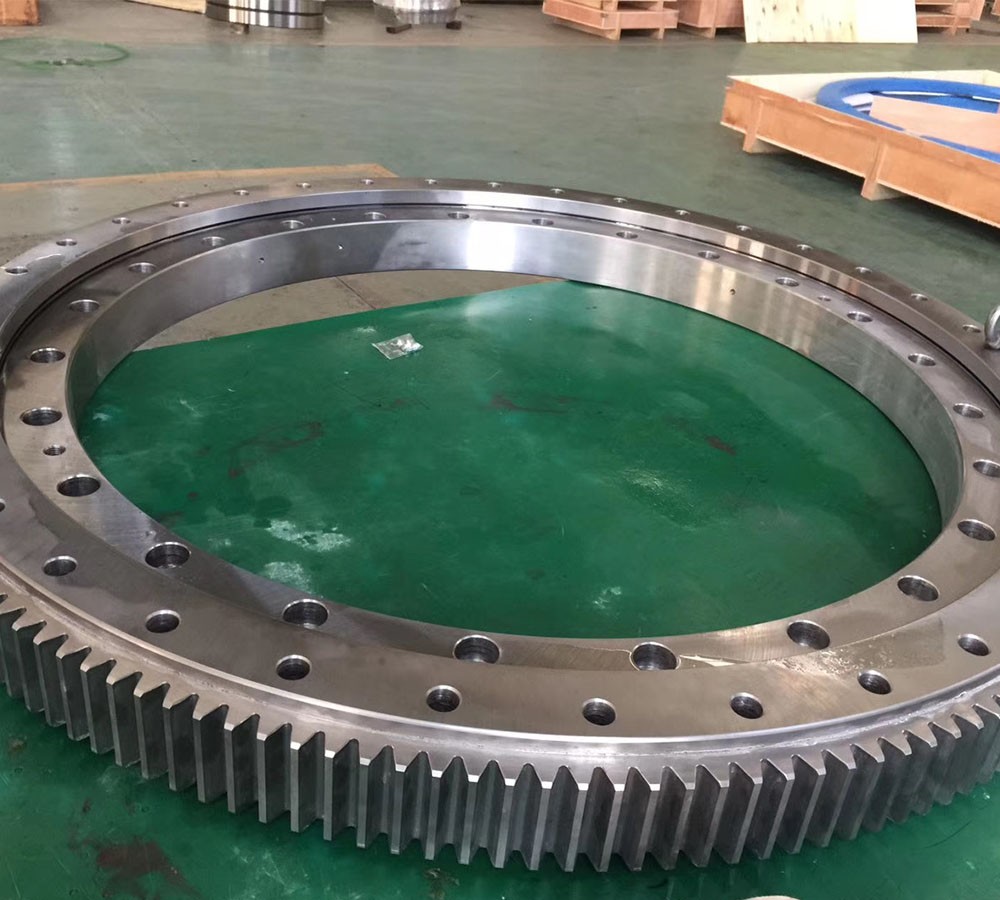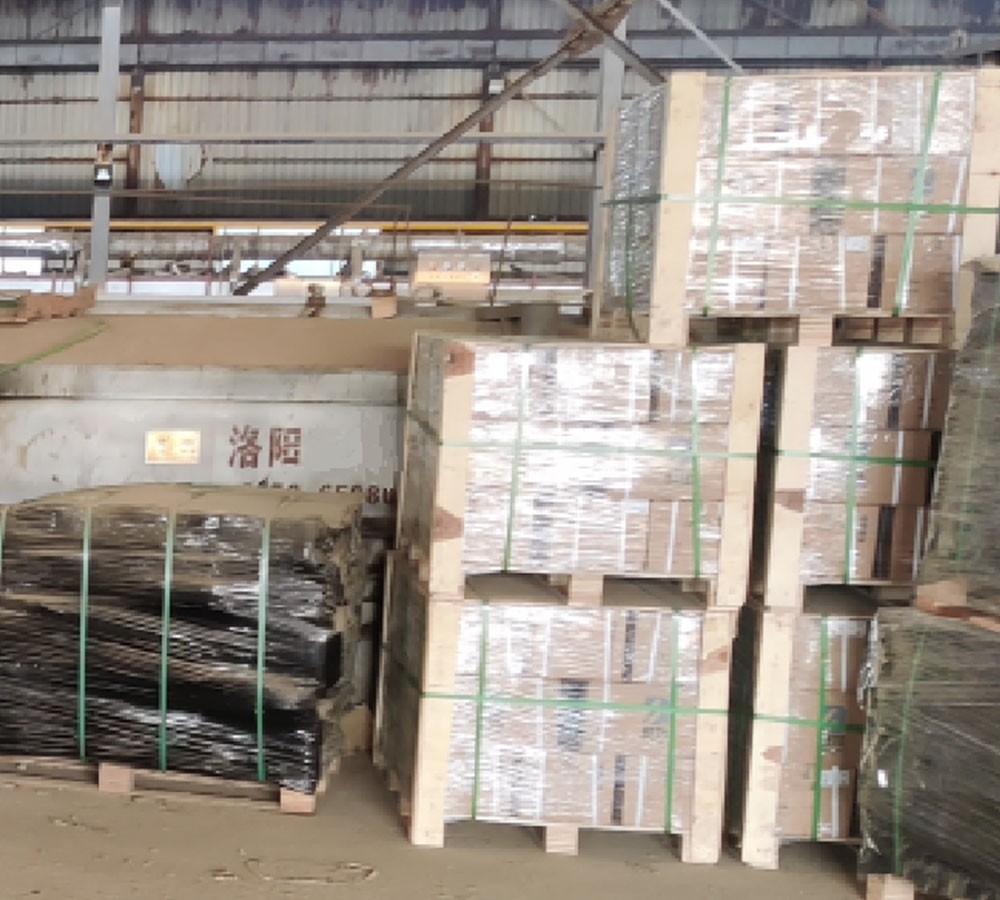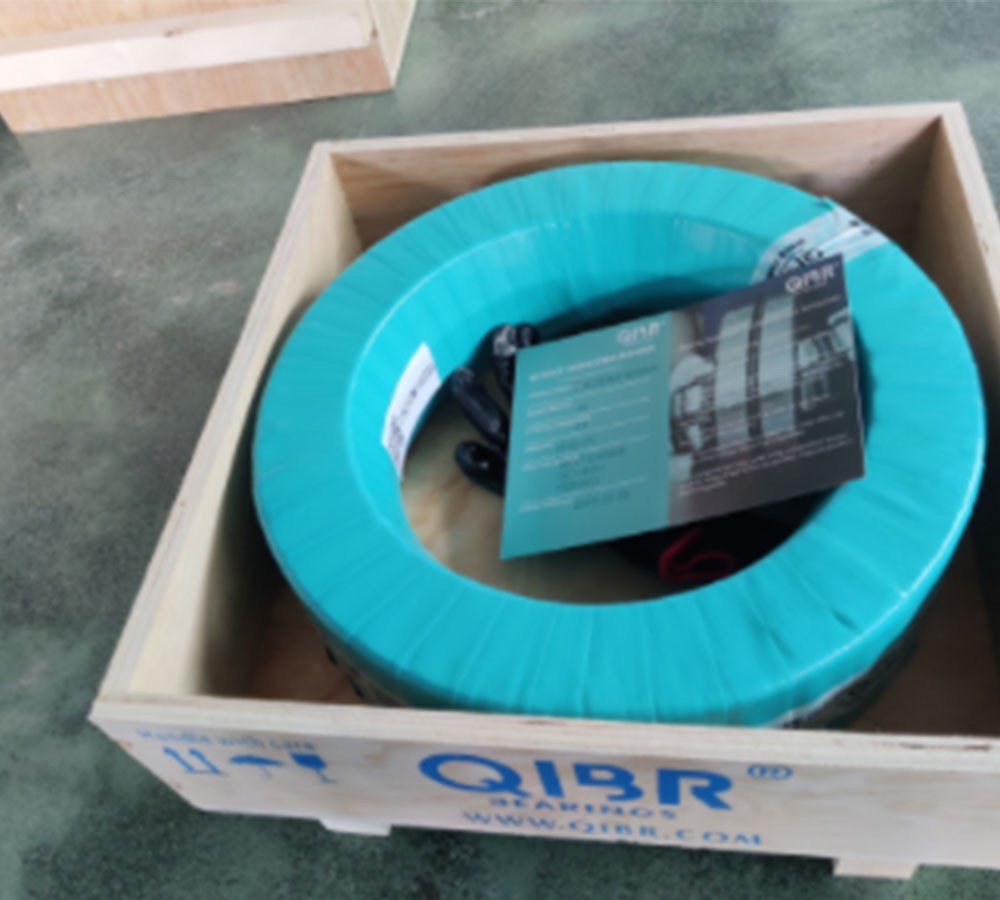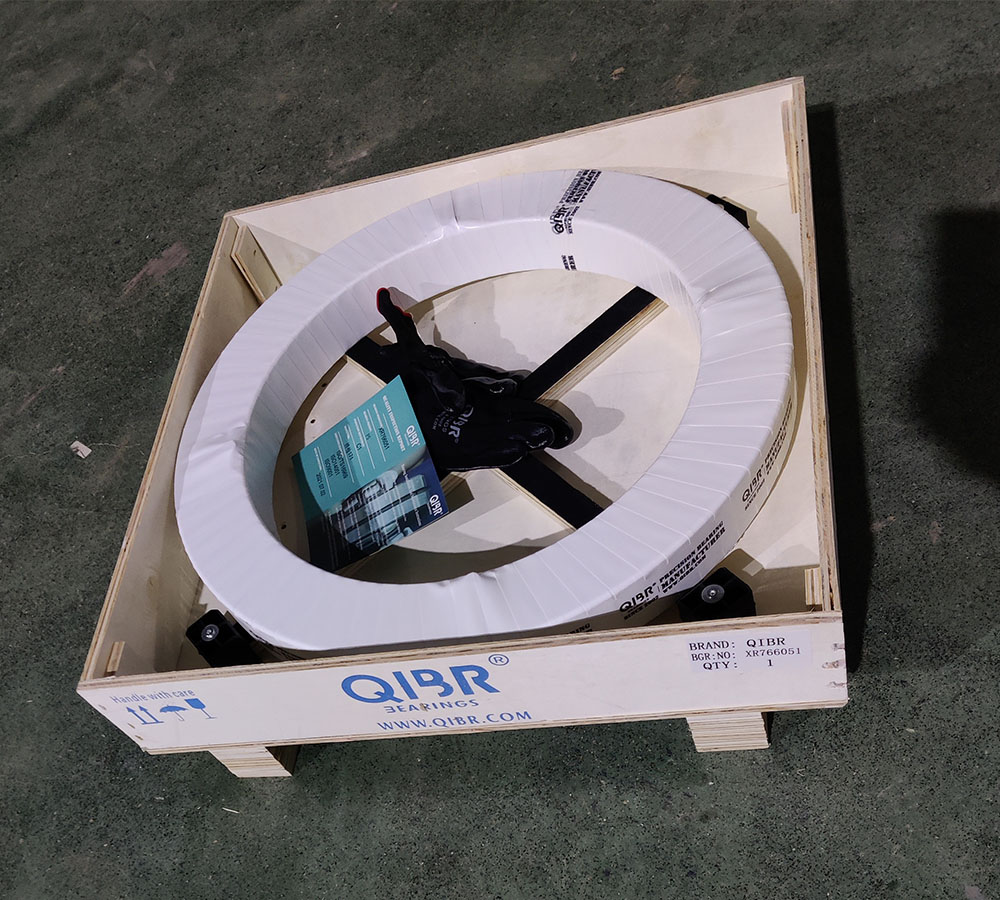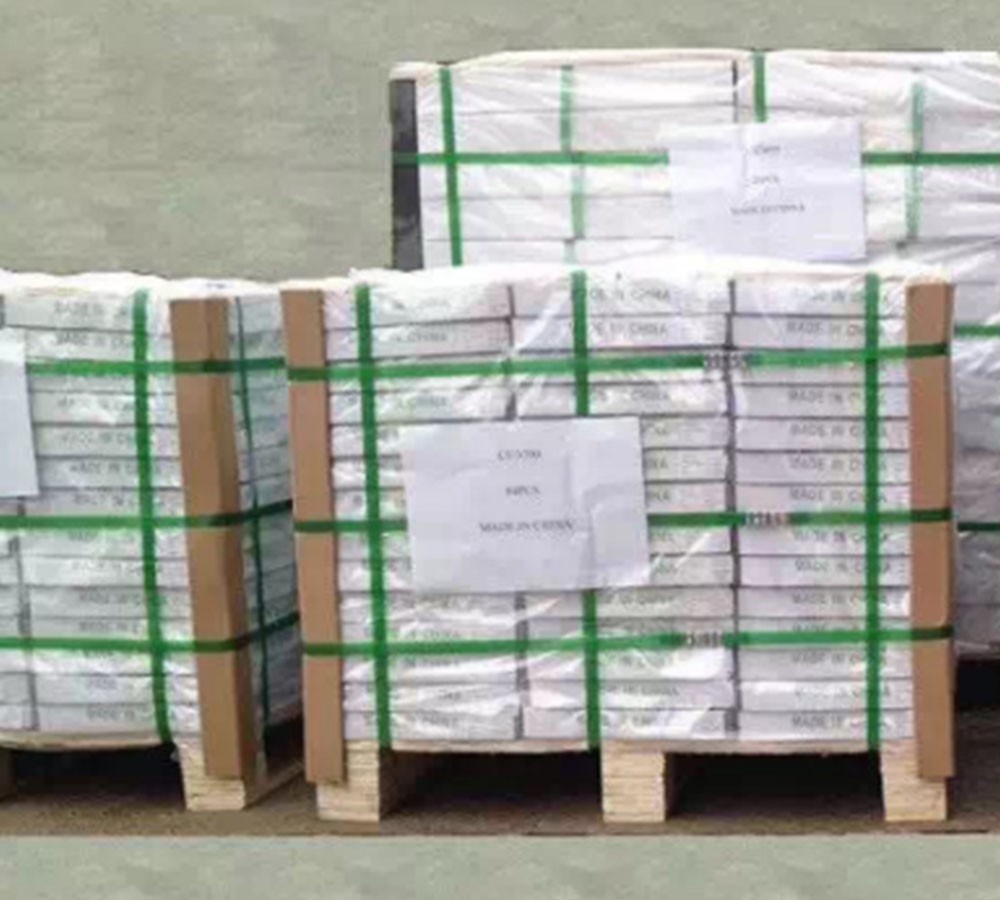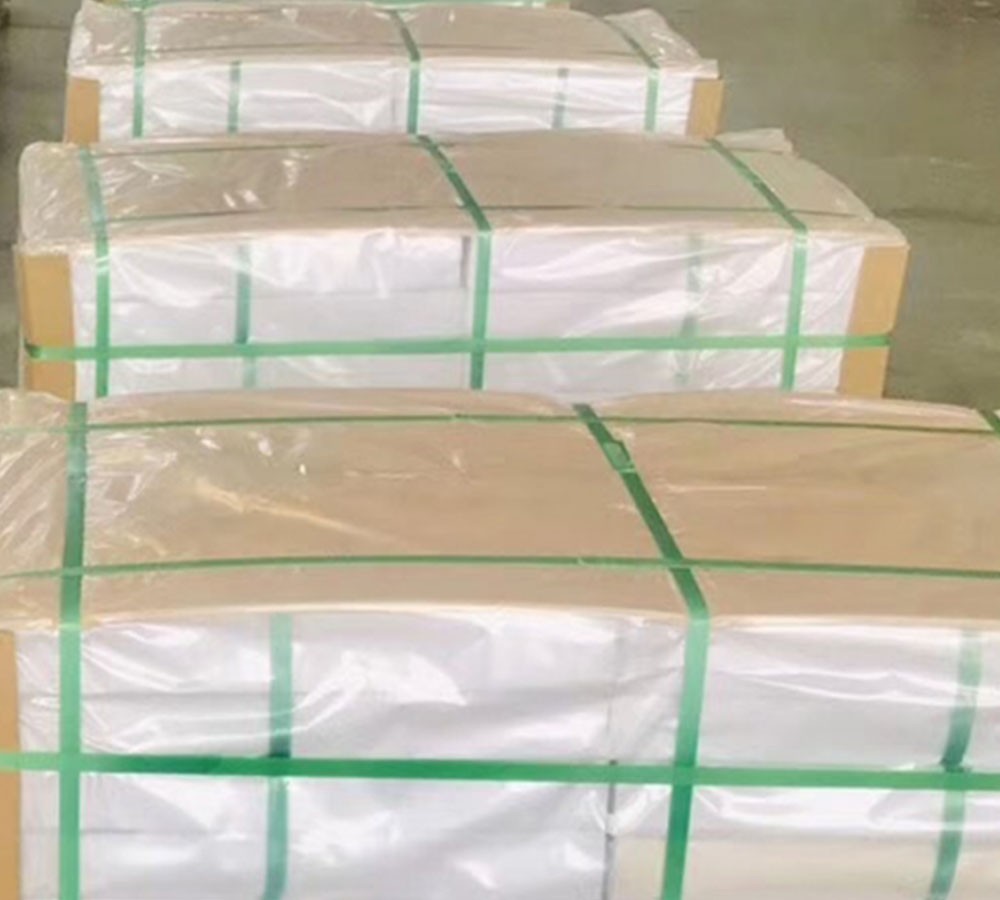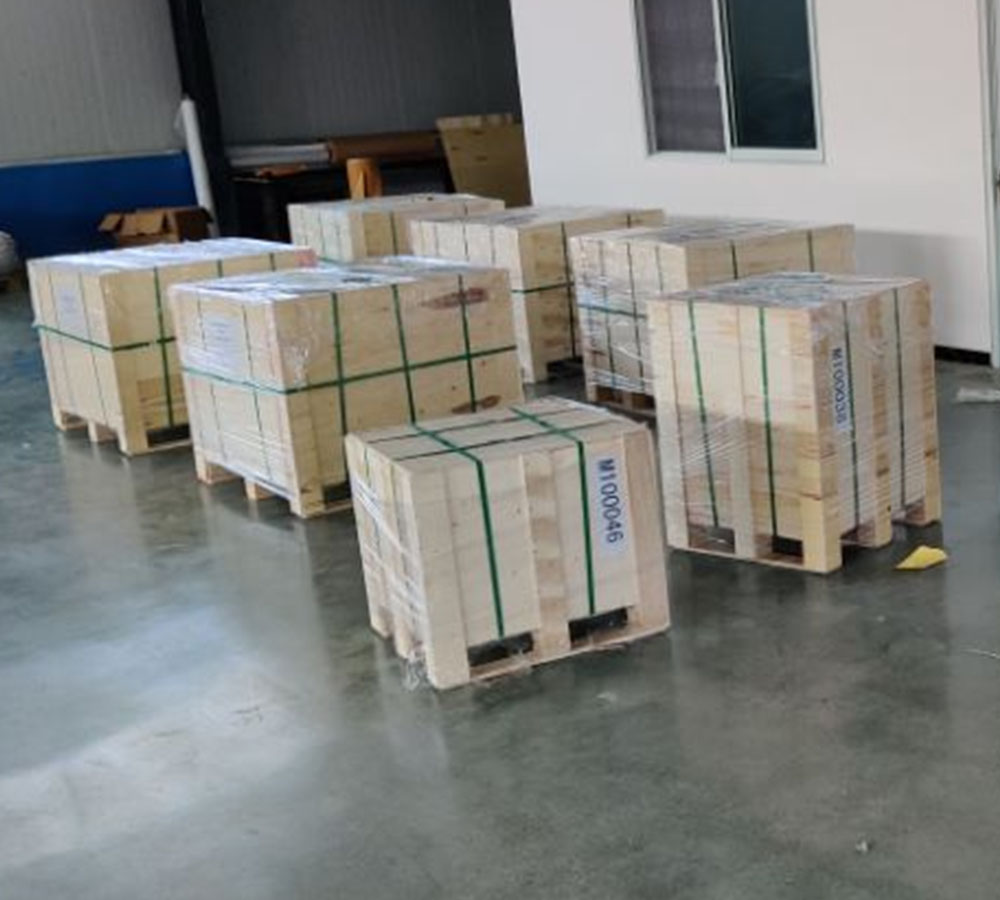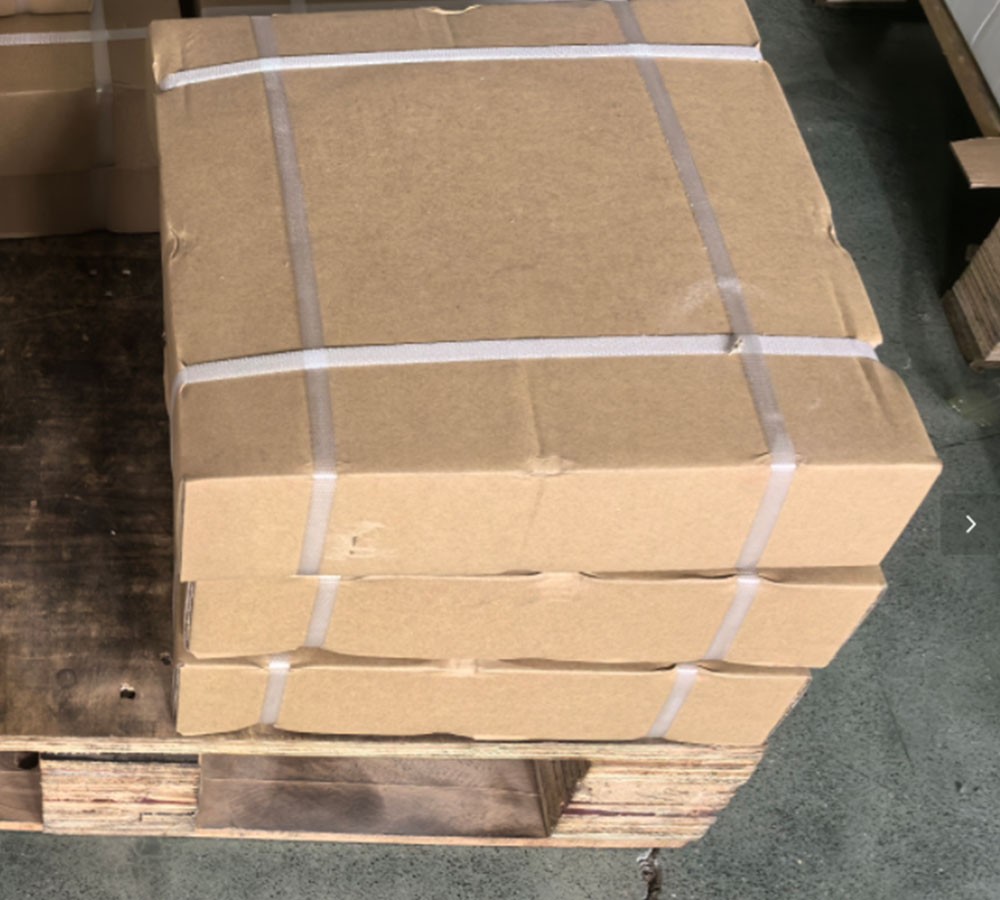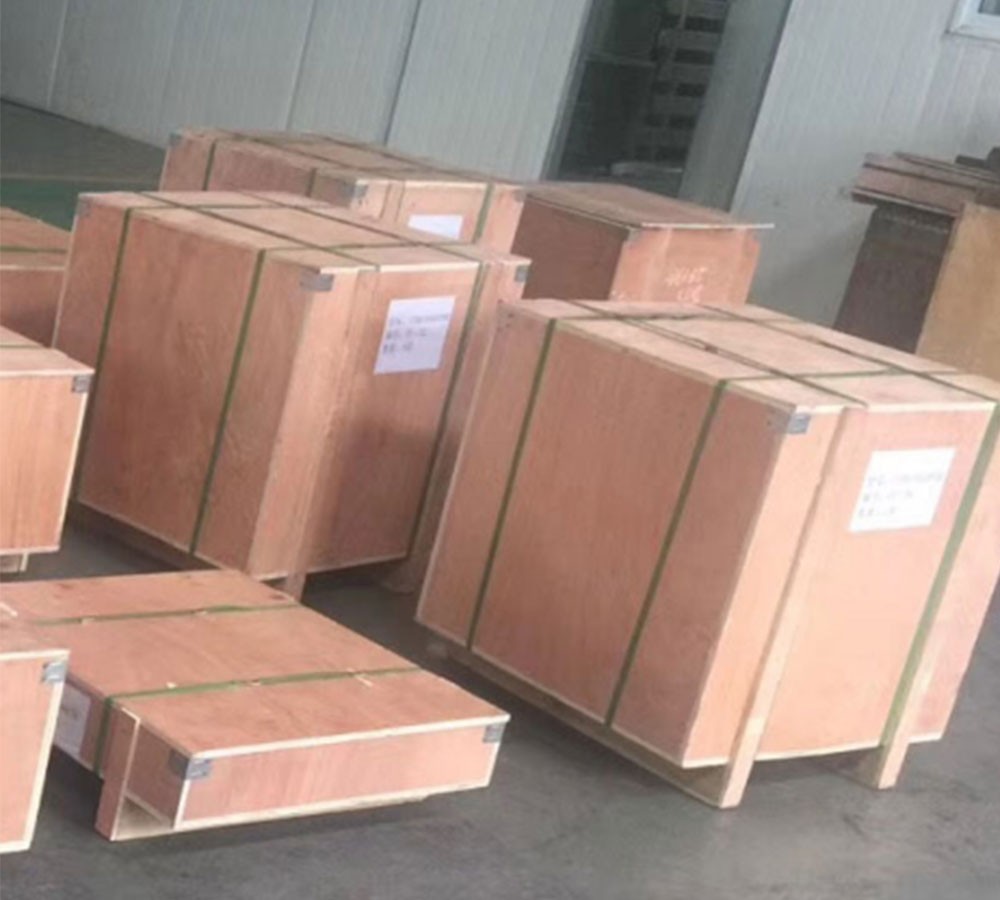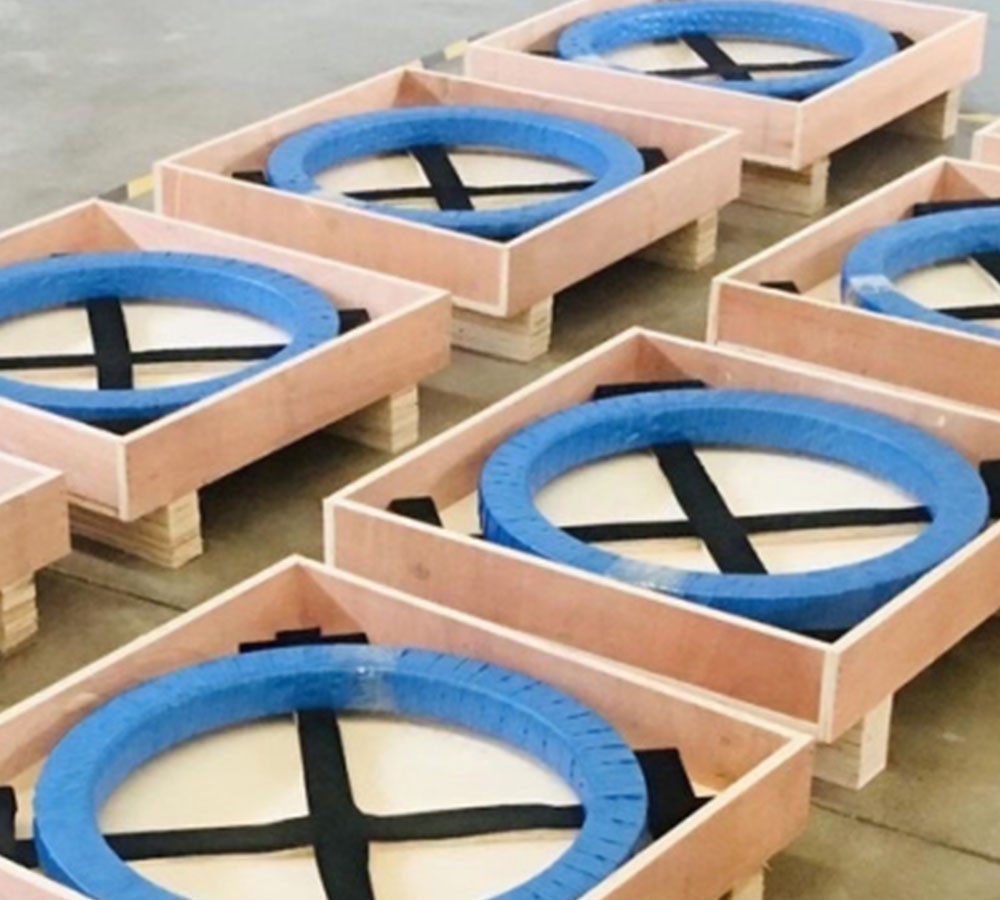QIBR slewing bearings were delivered to customers in Sydney, Australia, to improve the load-bearing capacity and stability of static pile drivers
- Continent
- Oceania
- Country
- Australia
- Date
- 2016-09-09
- Categories
-
Slewing Bearing
- Applications
- static pile driver
Products Used
Slewing Bearing
1. High load capacity: 021.25.630 slewing bearings use large-diameter rolling elements to increase the contact area, disperse the load applied to the bearing, reduce local stress concentration, and can withstand large loads. During the construction of the static pile driver, the pile body is buried deep in the soil. The high load-bearing capacity provided by the 021.25.630 slewing bearing ensures the stability and safety of the construction.
2. Low friction: 021.25.630 slewing bearings have a low friction coefficient, which improves the operating efficiency of the machine and reduces energy loss. In the static pile driver, low friction ensures that the static pile driver can still maintain efficient operation under long-term operation.
3. Precise positioning: The 021.25.630 slewing bearing is made of high-performance materials. After heat treatment and surface treatment, it can achieve precise rotation and positioning, which can ensure that the pile body accurately reaches the designed depth and position and reduce construction errors.
Additional Notes:
The Australian customer decided to purchase QIBR's 021.25.630 slewing bearing to meet the needs of improving the load-bearing capacity and stability of the static pile driver. The 021.25.630 slewing bearing adopts advanced design and manufacturing technology, has excellent load-bearing capacity, and can withstand high-load working environment. The static pile driver needs to handle extremely large loads during construction. The 021.25.630 slewing bearing adopts high-performance materials and high-precision processing technology to ensure long-term stable operation and reduce wear and failure. The 021.25.630 slewing bearing can effectively reduce vibration, reduce noise, improve the comfort of operation, and ensure the accuracy and stability of the construction process.


